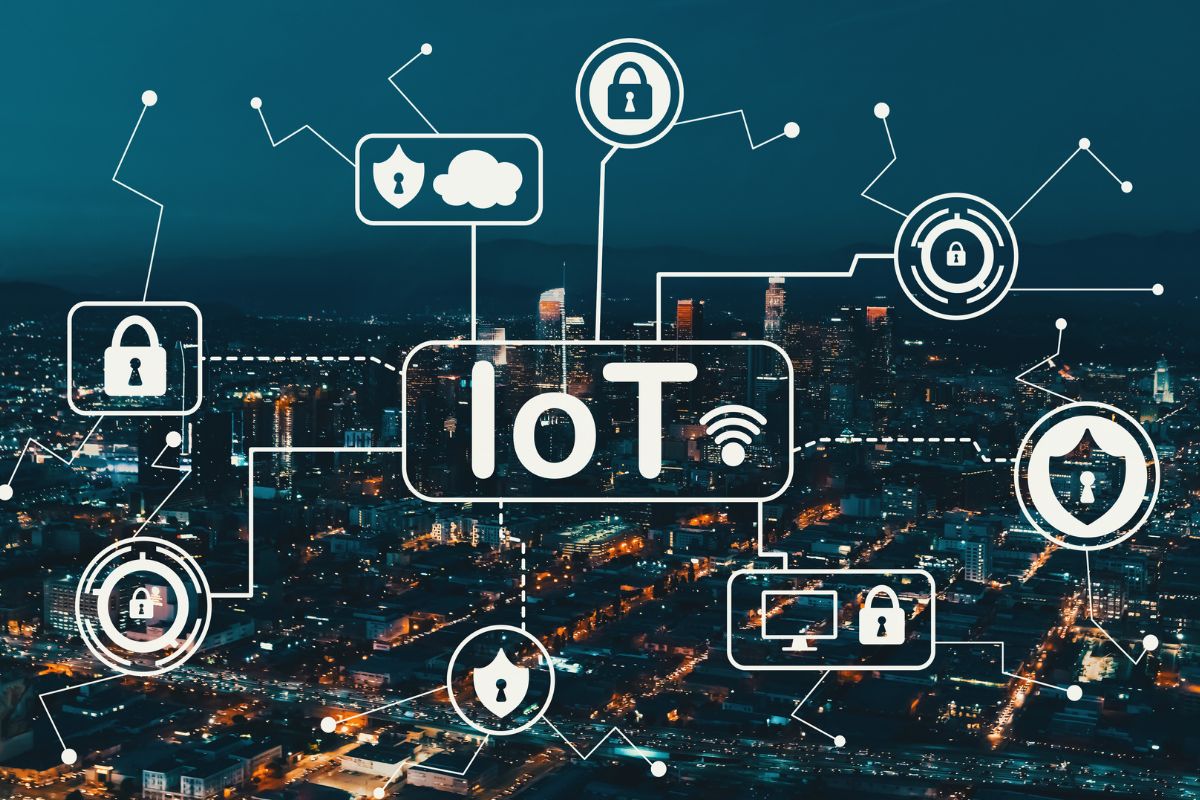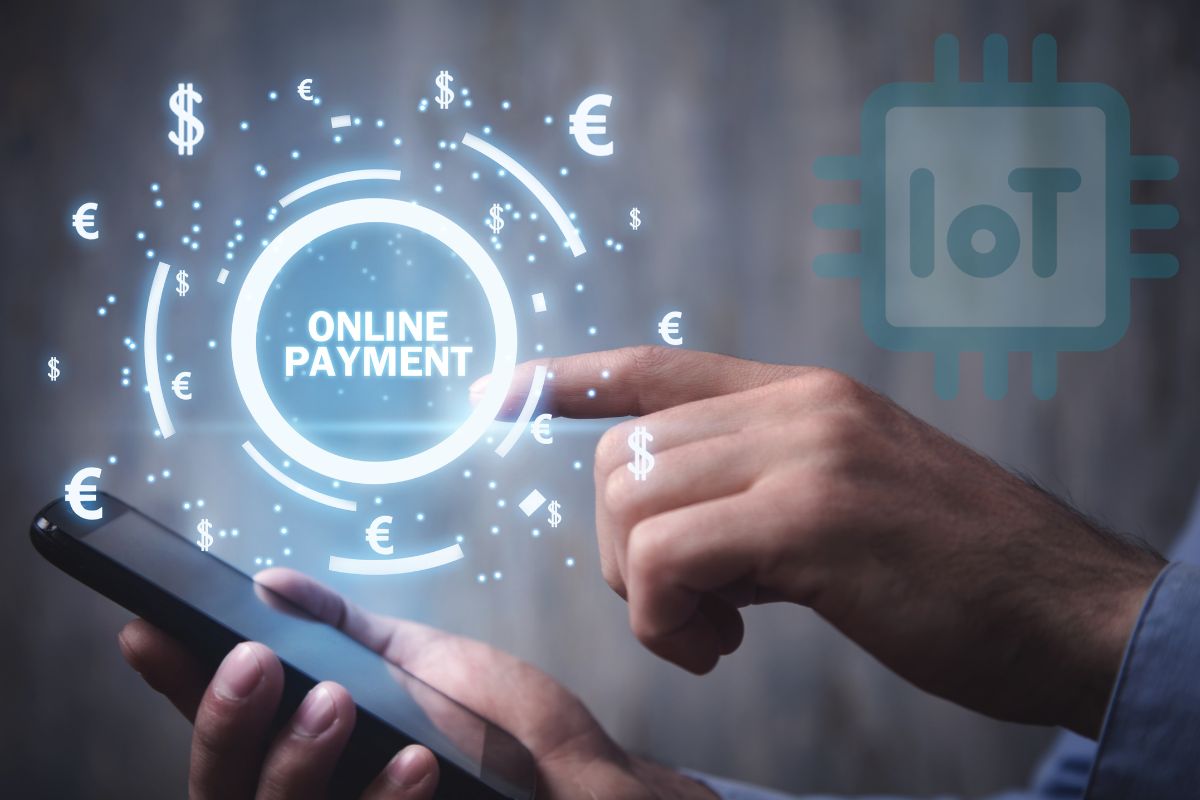Smart payments and the way they take place is a rapidly evolving ecosystem that isn’t slowing down.
The Internet of Things (IoT) is providing enhancements to the entire world in which we live through a rapidly growing spectrum of connected items in our lives.
A substantial component of this IoT trend has to do with being able to complete smart payments.
Though it feels as though it wasn’t all that long ago that smart payments first came into existence, and for many people, the idea of using wearable technology to complete transactions still seems like something out of science fiction, the Internet of Things is already rapidly growing and expanding, transforming that environment.

IoT for smart transactions is rapidly altering the way smart payments take place, boosting security, convenience and efficiency. That said, it’s important to remember that while there are a wide array of advantages, there continue to be certain challenges and drawbacks that should not be ignored.
The Internet of Things has made smart payments possible and is allowing them to grow and thrive.
Among the most broadly recognized forms of smart payments through the IoT is in contactless payments. These are the transactions that have existed for years but that didn’t really take off in the United States until the pandemic brought about a need for contact-free options in public places.
This made it possible for consumers to pay for purchases at a point-of-sale terminal using a tap card, a smartphone with a mobile wallet app, or with wearables such as smartwatches. The technology reduced physical contact and provided a convenient way to complete a transaction in nothing more than a couple of seconds.
That said, the impact of the Internet of Things has been greater than that. They include everything from automated self-checkout kiosks in retail stores to mobile wallet apps such as Google Pay, Apple Pay and Samsung Pay, and even in transportation through smart cards and their app equivalents. This is not even to mention household appliances that are now internet connected and the moves the healthcare industry has made to use IoT devices and sensors to do everything from monitor patient health to processing insurance claims and payments.

